Home>Articles>What Is The Appropriate Ladder Height For Roof Repairs
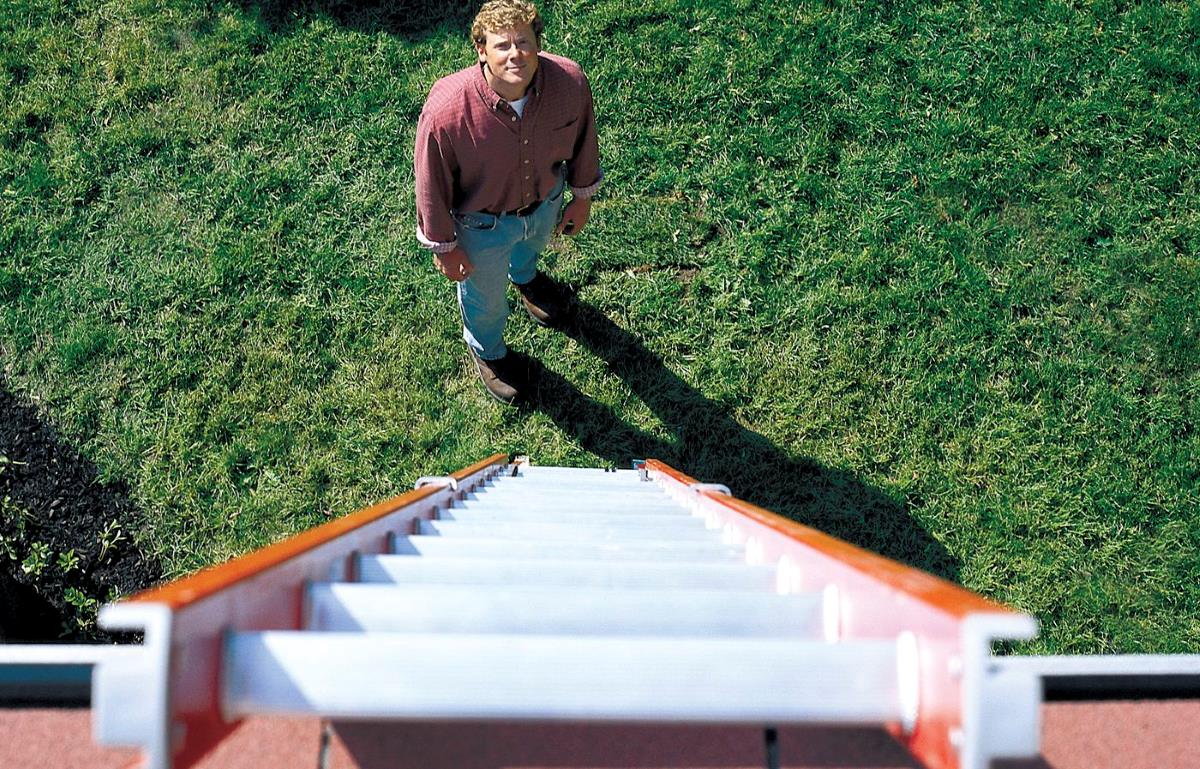

Articles
What Is The Appropriate Ladder Height For Roof Repairs
Modified: February 22, 2024
Looking for articles on how tall of a ladder you need to access your roof? Find expert advice and recommendations here to ensure a safe and successful climb.
(Many of the links in this article redirect to a specific reviewed product. Your purchase of these products through affiliate links helps to generate commission for Storables.com, at no extra cost. Learn more)
Introduction
When it comes to performing maintenance or repairs on your roof, having the right ladder is essential for a safe and successful outcome. However, determining the appropriate ladder height can be a bit of a challenge. You don’t want to choose a ladder that is too short and restricts your access to the roof, nor do you want to select one that is excessively tall and poses a safety risk. In this article, we will guide you on how to choose the correct ladder height to safely access your roof, taking into account various factors and considerations.
Before we delve into the specifics of ladder height, it’s important to mention that safety should always be your top priority. Remember to follow all recommended safety regulations to minimize the risk of accidents and injuries. Additionally, ensure you are comfortable and confident with ladder usage, and take into account your own height, weight, and balance when selecting an appropriate ladder.
Now let’s discuss the different types of ladders commonly used for roof access, and the recommended ladder heights for each.
Key Takeaways:
- Choose a ladder height that allows safe and comfortable access to your roof. Consider factors like roof height, safety regulations, and personal comfort to make an informed decision.
- Step ladders are suitable for lower roofs, while extension ladders are ideal for taller roofs. Follow safety precautions and adhere to regulations for a successful and safe roof access experience.
Factors to Consider
When determining the appropriate ladder height for accessing your roof, there are several factors to consider. These include the height of your roof, safety regulations, and your personal comfort and balance.
Roof Height: The height of your roof is a crucial consideration when selecting a ladder. It’s important to accurately measure the distance from the ground to the roofline to ensure you choose a ladder tall enough to reach your roof safely. Keep in mind that the height of the ladder should allow adequate clearance for you to step onto the roof without having to stretch or strain.
Safety Regulations: Safety regulations may vary depending on your location, so it is important to familiarize yourself with the guidelines in your area. Some regulations mandate specific ladder height requirements for certain types of work or building structures. By adhering to these regulations, you can ensure that your ladder usage is in compliance with safety standards and minimize the risk of accidents.
Personal Comfort and Balance: Your personal comfort and balance are essential when working at heights. Take into account your body height and weight when selecting a ladder. If you are taller or heavier, you may want to opt for a ladder with a higher weight capacity and additional rungs to provide stability and support. Similarly, consider your own comfort level when working at different heights. If you feel uneasy or unbalanced on a ladder, it may be better to opt for a taller ladder with additional rungs to enhance stability.
By considering these factors, you can ensure that you choose a ladder height that meets your specific needs and allows you to access your roof safely and comfortably.
Types of Ladders
When it comes to accessing your roof, there are two primary types of ladders to consider: step ladders and extension ladders. Each type has its own advantages and is suited for different situations.
Step Ladders:
Step ladders are self-supporting ladders with a hinged design that allows them to stand freely. They are commonly used for tasks that don’t require reaching great heights. Step ladders are characterized by their A-shaped structure, with two sides connected by steps. They are easy to set up and use, making them a popular choice for DIY and household tasks.
Step ladders come in various sizes, ranging from compact designs to larger models with additional steps. They are typically constructed from lightweight materials such as aluminum or fiberglass, making them portable and easy to transport.
Extension Ladders:
Extension ladders are designed for reaching greater heights and are typically used when accessing roofs. They consist of two or more sections that can be extended or retracted to adjust the ladder’s height. Extension ladders often feature a pulley and rope system that allows for easy extension and retraction.
Extension ladders are available in different materials, including aluminum and fiberglass. They are designed to be leaned against a stable surface, such as a wall or the edge of a building, providing vertical access to higher areas. They offer greater height versatility than step ladders and are commonly used in construction, maintenance, and roofing applications.
When choosing between step ladders and extension ladders for accessing your roof, consider the height of your roof and the specific requirements of the task at hand. Step ladders are suitable for lower roofs or tasks that don’t require significant height, while extension ladders are ideal for taller roofs or when you need to reach higher areas for maintenance or repairs.
Now that we have discussed the types of ladders available, let’s dive into the recommended ladder heights for both step ladders and extension ladders.
Read more: What Is A Roof Ladder Used For?
Step Ladder Height Recommendations
Step ladders are a popular choice for tasks that require lower heights, such as accessing roofs of average height or performing household maintenance. The appropriate step ladder height will depend on the specific height requirements of your roof and the level of access you need. Here are some step ladder height recommendations to consider:
6-foot Step Ladder:
A 6-foot step ladder is ideal for accessing roofs of shorter heights, typically ranging from single-story houses to small elevated structures. This ladder height provides enough reach to safely and comfortably access roofs that are around 9 to 10 feet high. The compact size of a 6-foot step ladder makes it easy to maneuver and store when not in use, making it suitable for small spaces.
8-foot Step Ladder:
An 8-foot step ladder offers a bit more height compared to a 6-foot ladder and is appropriate for accessing roofs that are slightly taller, ranging from around 10 to 12 feet high. This ladder height provides a comfortable reach for roofs at average heights, making it a versatile choice for various residential applications.
10-foot Step Ladder:
A 10-foot step ladder provides even greater reach and is suitable for accessing roofs that are taller, typically ranging from around 12 to 14 feet high. This ladder height is commonly used for roofs of multi-story houses or slightly elevated structures. With a 10-foot step ladder, you can comfortably reach higher areas without straining or compromising safety.
Read more: How To Measure Ladder Height
12-foot Step Ladder:
A 12-foot step ladder offers maximum height for accessing roofs that are taller, typically ranging from around 14 to 16 feet high. This ladder height is suitable for roofs of taller residential buildings or larger structures. With a 12-foot step ladder, you can confidently reach elevated areas without the need for additional equipment or support.
Remember, it’s essential to choose a step ladder height that allows you to access your roof comfortably and safely. Consider the height of your roof and select a ladder that provides the necessary reach without overextending yourself or compromising stability.
Extension Ladder Height Recommendations
When it comes to accessing roofs of taller heights, extension ladders are the go-to option. These ladders provide adjustable height capabilities, allowing you to reach elevated areas safely. Here are some recommendations for determining the necessary height for an extension ladder, as well as essential safety precautions to keep in mind:
Determining the Necessary Height:
The first step in selecting the appropriate extension ladder height is to accurately measure the height of your roof. Use a tape measure or another suitable tool to determine the vertical distance from the ground to the area you need to access. Add a few extra feet to account for the overlap of ladder sections and ensure you have enough height to safely reach and descend from the roof.
Keep in mind that the maximum safe working height on an extension ladder is typically four feet higher than the ladder’s length. For example, a 16-foot extension ladder should allow you to comfortably reach a working height of around 20 feet.
Additionally, consider any obstacles or structures that may obstruct ladder placement, such as trees, gutters, or overhanging branches. Adjust the ladder height accordingly to ensure proper clearance and a secure setup.
Safety Precautions when using Extension Ladders:
Using extension ladders safely is of utmost importance. Here are some essential safety precautions to follow:
- Choose an extension ladder that is rated for the weight you will be putting on it, including any tools or equipment you may be carrying.
- Inspect the ladder before each use for any signs of damage, such as cracks, bent rungs, or loose fittings. Do not use a ladder that appears to be faulty or in poor condition.
- Select a stable and level surface to set up the ladder. If the ground is uneven, use ladder levelers or place the ladder feet on sturdy, non-slippery platforms.
- Ensure the ladder is fully extended, and the locks or hooks are securely engaged. Do not exceed the ladder’s maximum reach height indicated by the manufacturer.
- Position the base of the ladder at a safe distance from the structure you are leaning against. A good rule of thumb is to place the base one foot away from the wall for every four feet of ladder height.
- Always maintain three points of contact with the ladder: two hands and one foot or two feet and one hand. Avoid overreaching and try to keep your center of gravity between the side rails to maintain stability.
- Have someone hold the ladder at the base or use stabilizers or ties to secure it. This is especially important when working at higher heights or in windy conditions.
- Avoid carrying excessive weight or bulky items up the ladder. Use a tool belt or a rope and pulley system to hoist equipment safely after reaching the desired working height.
- Never stand on the top two rungs of an extension ladder or use it as a stepladder. The top three rungs should be marked as “not a step” or “do not use.”
By adhering to these safety precautions, you can use an extension ladder effectively and reduce the risk of accidents or falls.
Read more: Understanding The Various Ladder Heights
Conclusion
Choosing the right ladder height is crucial when it comes to safely accessing your roof for maintenance or repairs. By considering factors such as the height of your roof, safety regulations, and personal comfort and balance, you can make an informed decision when selecting a ladder.
Step ladders are ideal for tasks that don’t require reaching great heights and come in various sizes, including 6-foot, 8-foot, 10-foot, and 12-foot options. These ladders provide adequate reach and stability for accessing roofs of different heights, depending on your specific needs.
For taller roofs or when greater height access is required, extension ladders are the preferred choice. Determining the necessary height of the ladder involves measuring the vertical distance from the ground to the roofline, considering any obstacles that may affect ladder placement. It is important to follow safety precautions when using extension ladders, such as inspecting the ladder, setting it up on stable ground, maintaining three points of contact, and using proper stabilizers or ties.
Remember, your safety should always be the top priority. It’s essential to adhere to safety regulations, choose a ladder height that allows you to access your roof comfortably, and use caution when working at heights. Always inspect and maintain your ladder in good condition, follow proper ladder usage techniques, and have someone assist or secure the ladder if needed.
By following these guidelines and selecting the appropriate ladder height, you can ensure a safe and successful experience when accessing your roof for maintenance or repairs. Take the time to assess your specific requirements, follow safety precautions, and prioritize your well-being as you carry out tasks on your roof.
Frequently Asked Questions about What Is The Appropriate Ladder Height For Roof Repairs
Was this page helpful?
At Storables.com, we guarantee accurate and reliable information. Our content, validated by Expert Board Contributors, is crafted following stringent Editorial Policies. We're committed to providing you with well-researched, expert-backed insights for all your informational needs.
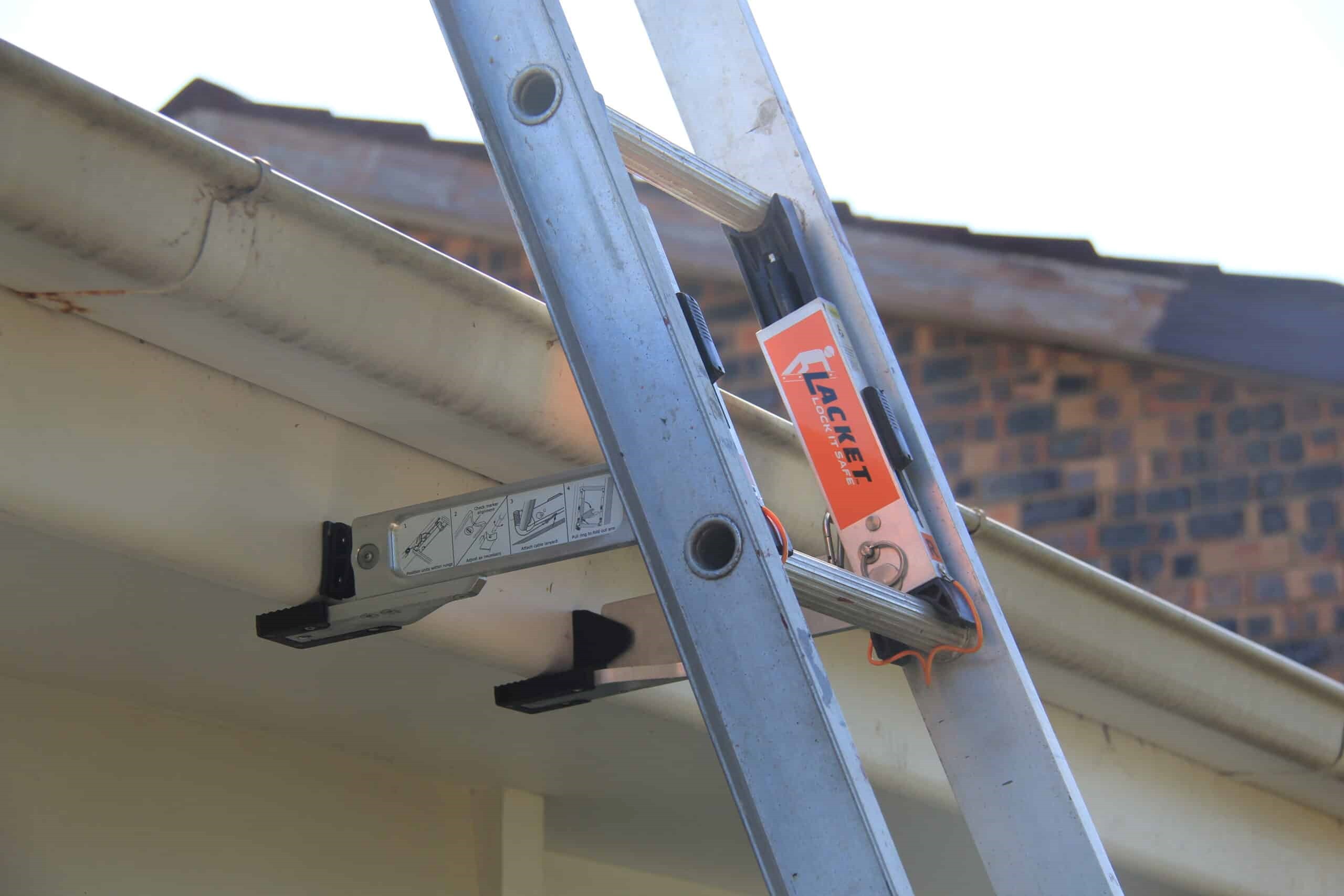
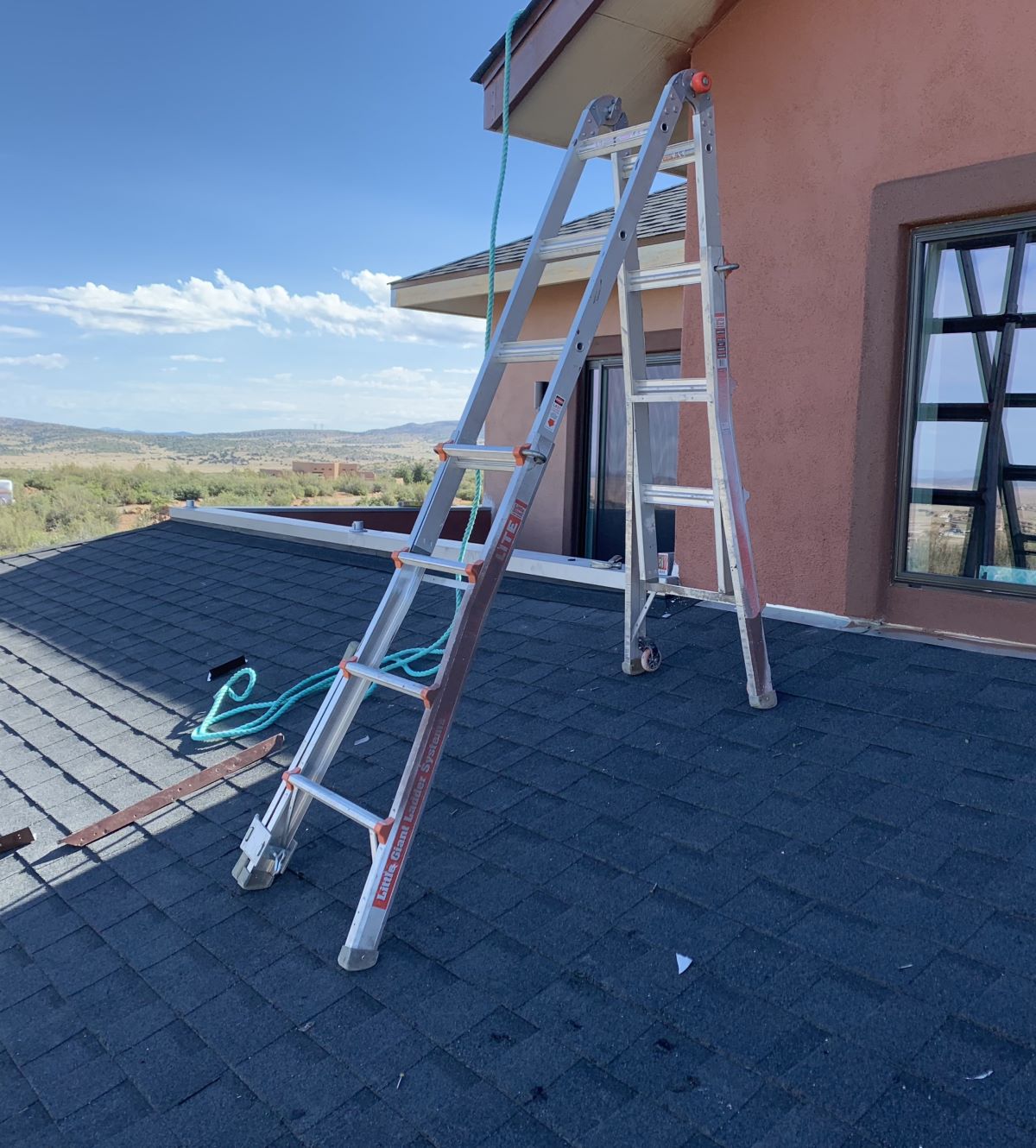
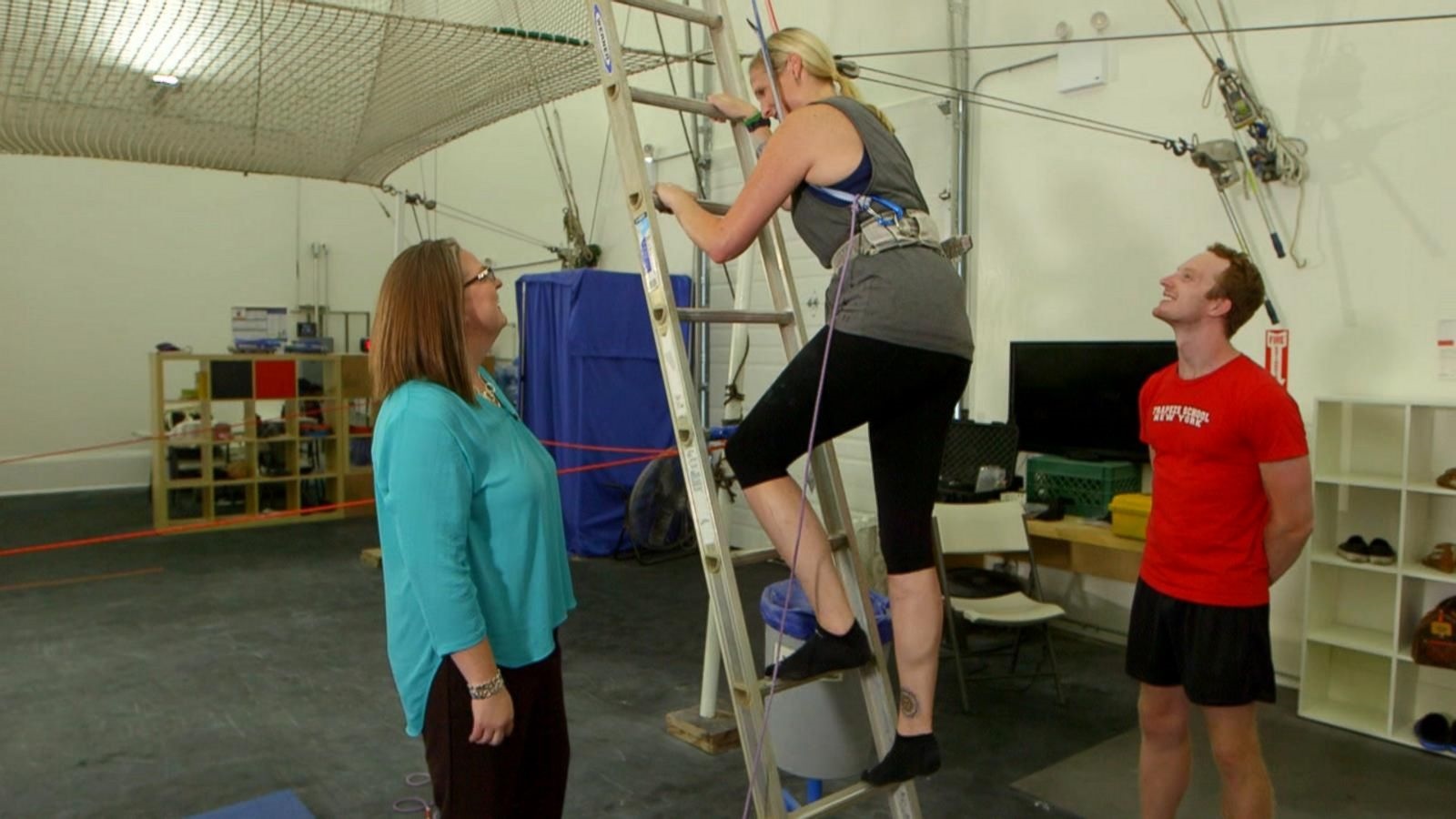
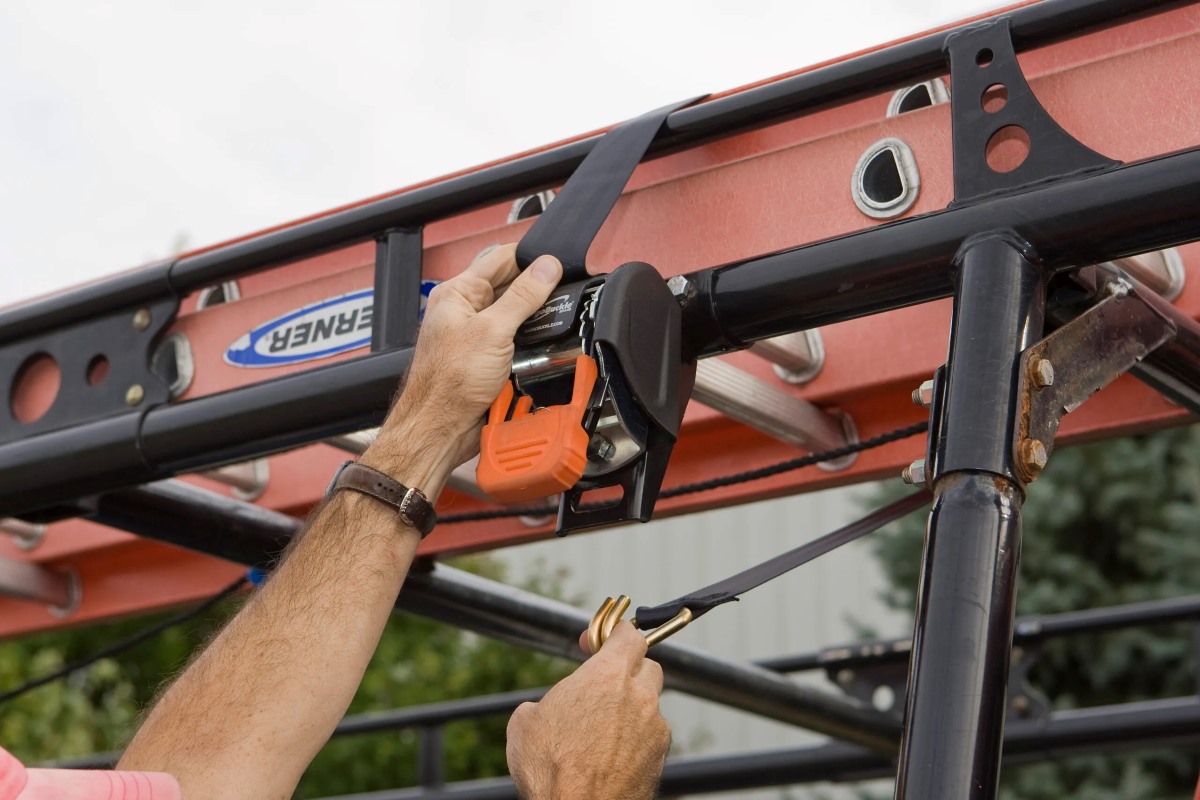
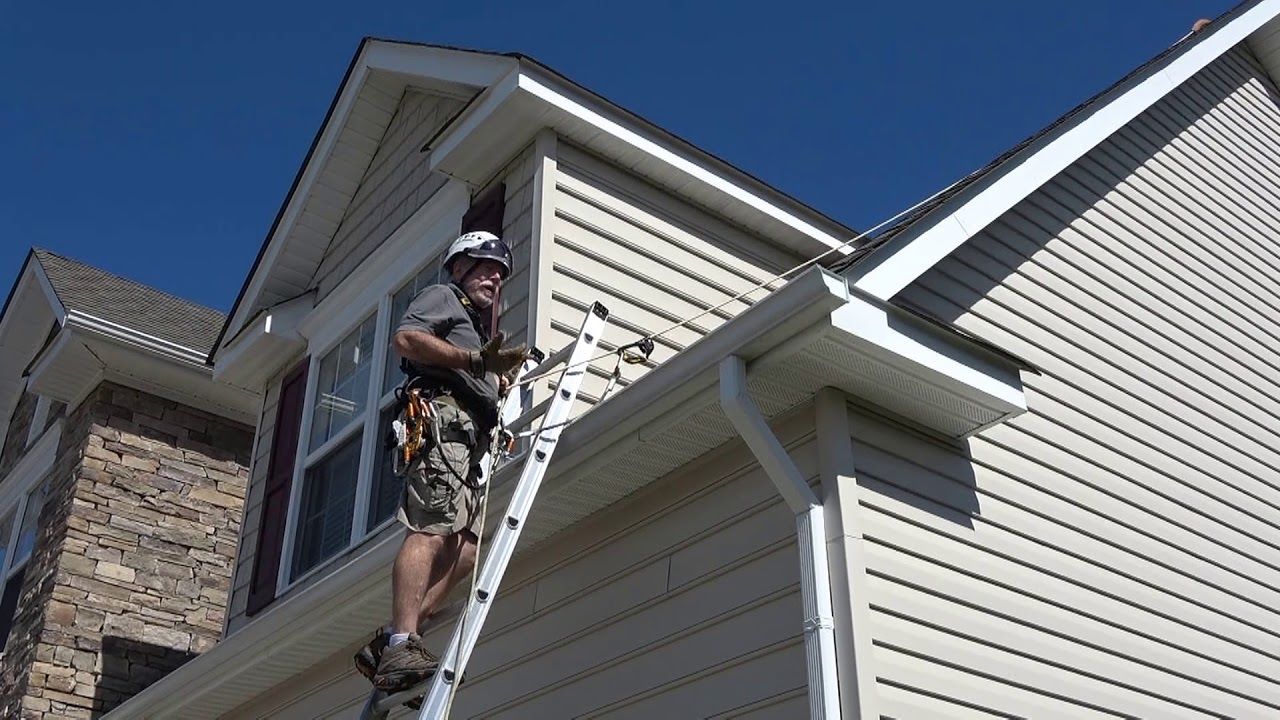
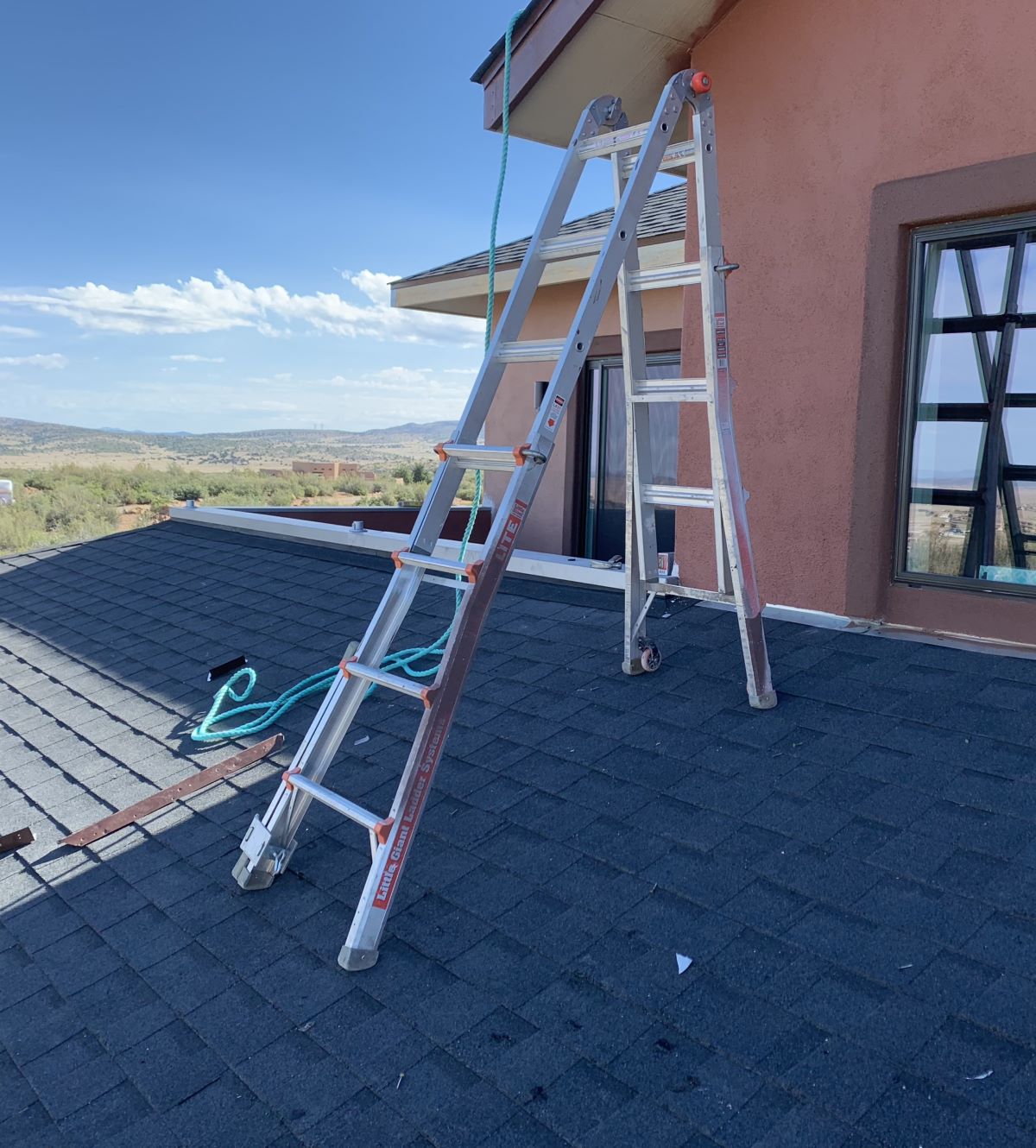
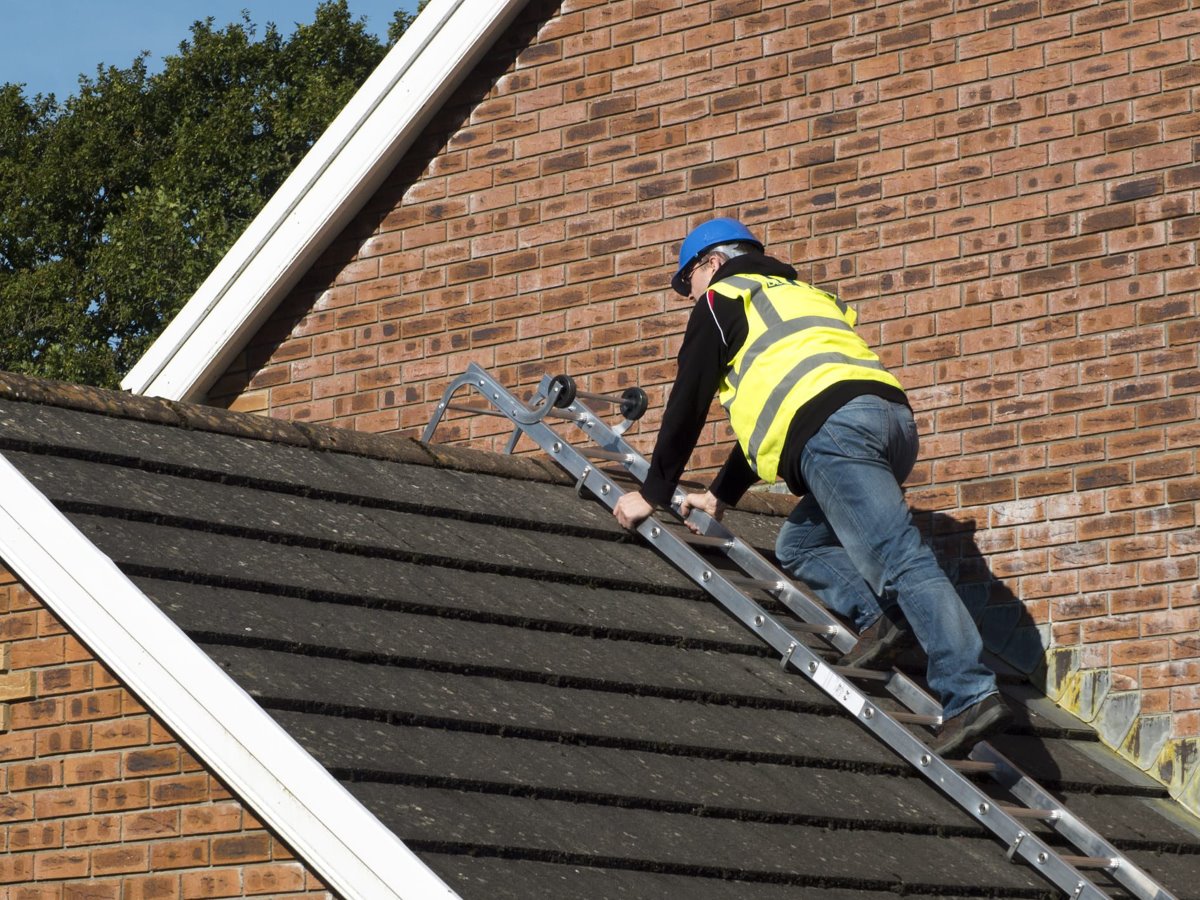

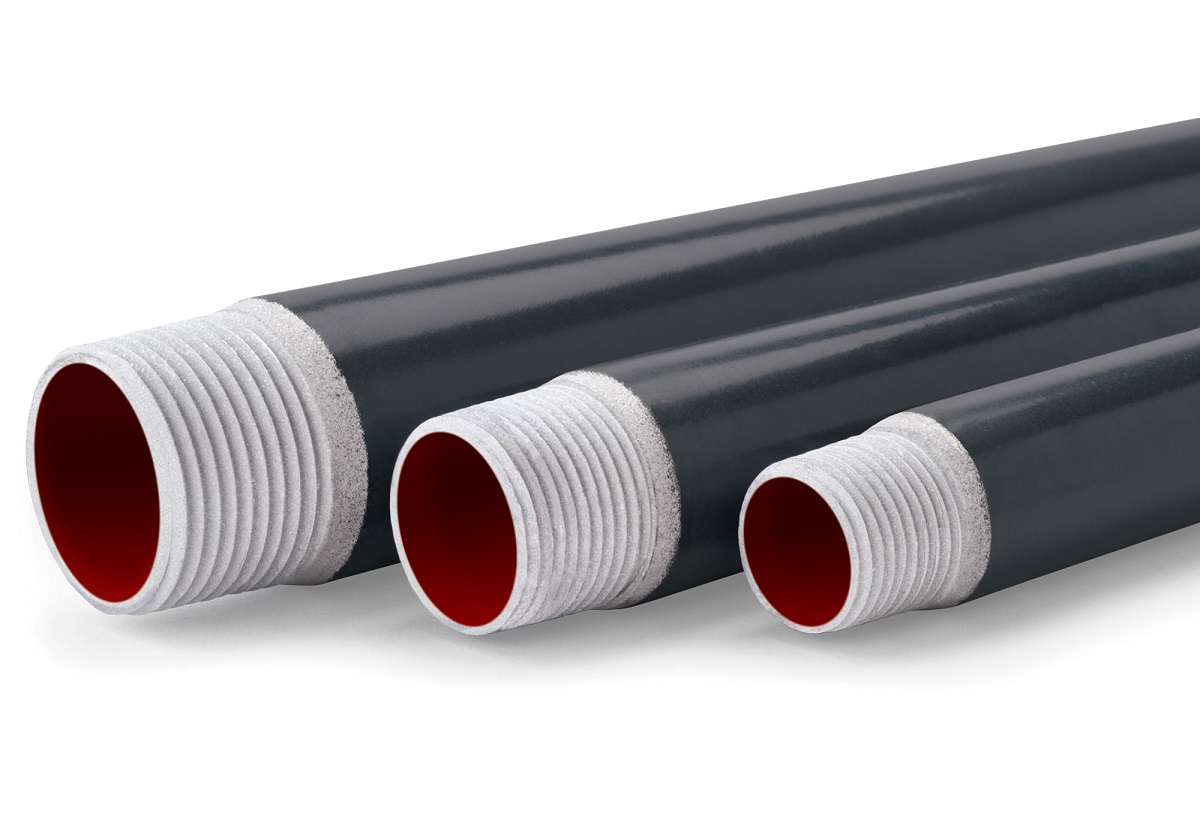

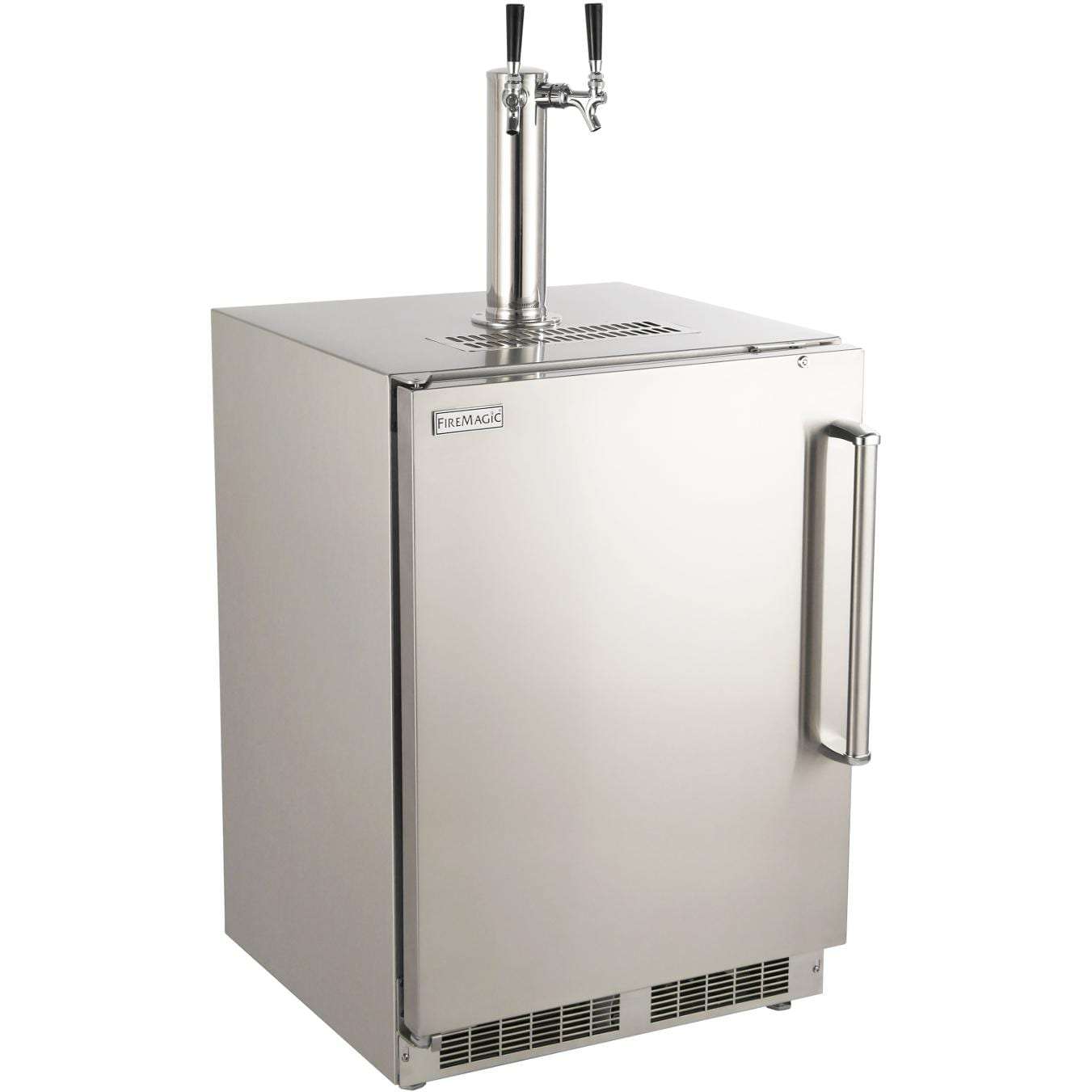
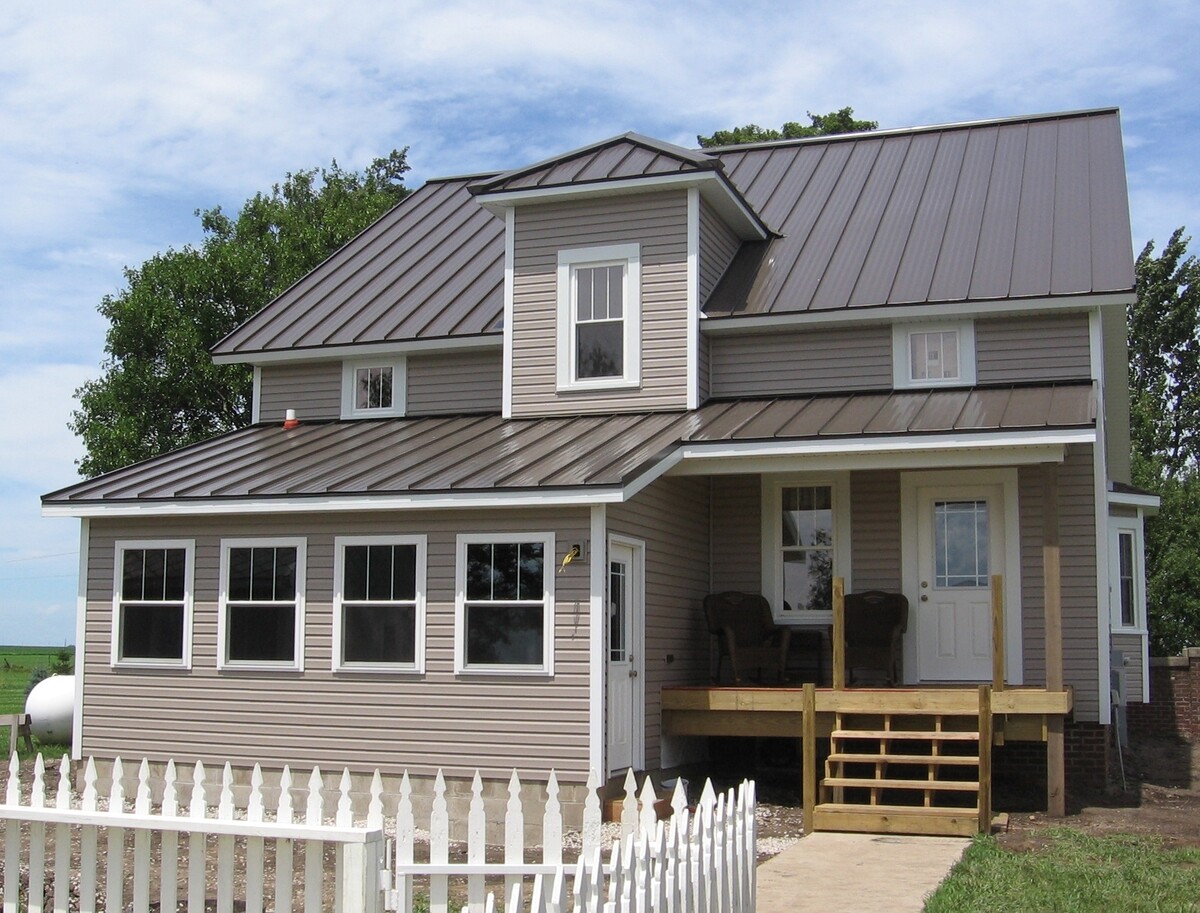

0 thoughts on “What Is The Appropriate Ladder Height For Roof Repairs”